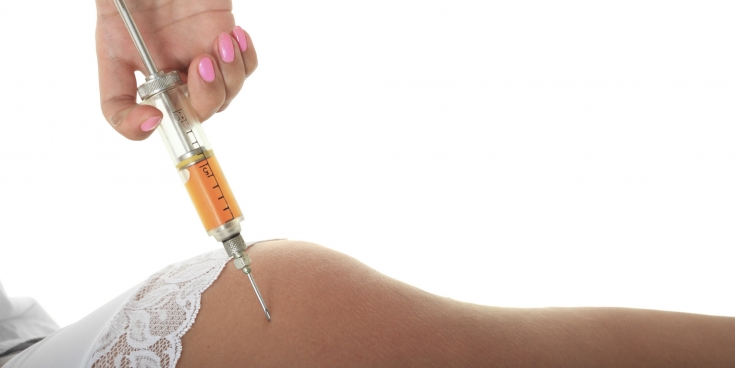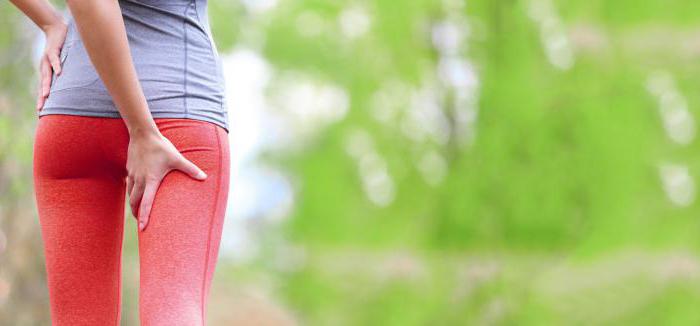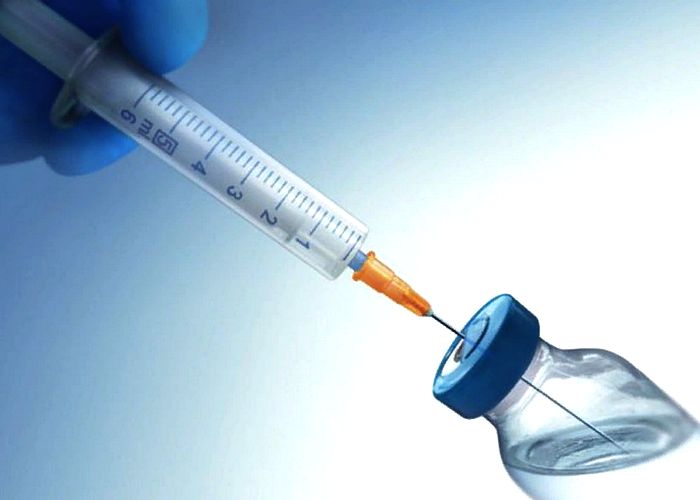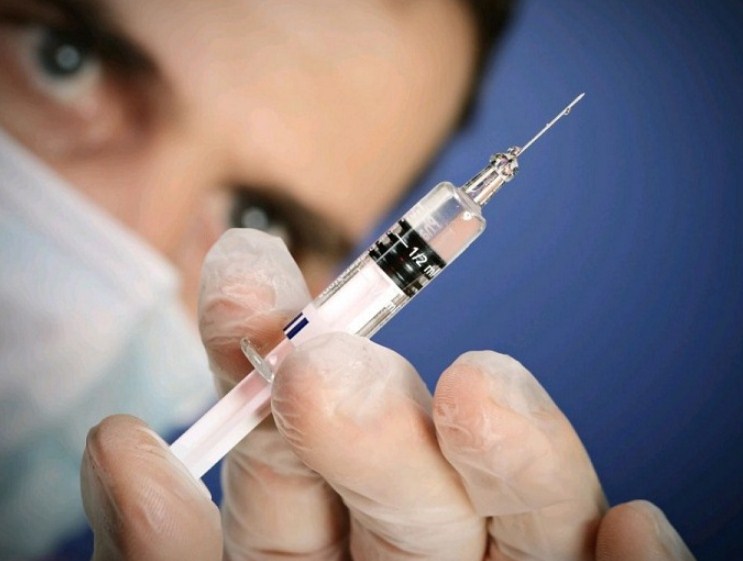Quite often, an abscess appears in a person who was injected. It manifests itself in the form of local edema and redness in the place where the drug was administered.
Contents
- Can there be an abscess after injections?
- The reasons for the abscess after the injection?
- The symptoms of the abscess after the injection
- Abscess complications after injection
- How to diagnose an abscess after an injection?
- How to treat an abscess after an injection?
- How to prevent the formation of an abscess?
- Video: We treat the abscess after injections
The doctor is diagnosed only after examination. Often requires ultrasound and MRI. If the doctor confirmed the abscess, then it is removed surgically or drainage. More information about the post -injection abscess will be described in this article.
Can there be an abscess after injections?
- An abscess after injections can appear in a person of any age. Most often, people with excess weight suffer from him. According to statistics, most purulent inflammations appear on the buttocks. After all, it is in this area that the most injections are made.
- Often the post -injection abscess appears In children, after vaccinations. Outnels can also appear in drug addicts who introduce narcotic substances into the elbow fossa. According to statistics, drug addictive people most often suffer from abscesses.
The reasons for the abscess after the injection?
To form an abscess after the injection, one penetration of bacteria is not enough. If a small amount of pathogenic microorganisms enters the body, human immunity is able to cope with them.

To form an abscess, such factors are required:
- Dangerous microorganisms. Each bacteria has its own cell division. If a golden staphylococcus or a praying wand enter the body, then an abscess forms;
- Weakened immune system. Often abscesses occur in people who are sick not only with dangerous diseases, but also with a banal seasonal cold. There is a great probability of the formation of an abscess in people who have detected diabetes, heart disease, blood vessels or endocrine systems;
- A small circulatory disorder. If you simultaneously introduce 5 ml of the drug into the muscle, or several drugs will be administered into one buttock, then the abscess cannot be avoided;
- Using drugs that irritate the skin. If you administer intramuscularly drugs that are designed for intravenous use, inflammation and necrosis may appear. Often abscesses cause drugs that are not suitable for the patient;
- Non -compliance with the technique of introducing the drug. If a medical officer does not use antiseptics to disinfect the skin, or it will be too quickly administered, then the probability of the formation of an abscess will increase. Also, inflammation can provoke vascular damage with a needle;
- Poor hand treatment of a nurse or doctor;
- Long -term treatment. If for a long time the patient is administered drugs, a lot of fluid accumulates in the muscle;
- Frequent use of antibioticsor the use of drugs with magnesium sulfate;
- Allergic reaction to the drug;
- The presence of diseases that affect the immune system.
The symptoms of the abscess after the injection
- The focus of inflammation does not appear immediately, but within 2-3 days. Initially, the patient does not even understand what is happening to him. If a person has a physiological reaction to the drug, then it will mask purulent inflammation.
- Initially, a person feels a sharp pain, which after becoming aching. Gradually, the intensity of pain decreases. If the abscess ripens after the injection, then the patient experiences severe pain.
- If the seal after the injection is normal, then its temperature will not differ from the areas around. When an inflammatory reaction begins, the temperature begins to increase.
- Pain and edema grow to such an extent that a person cannot sit down even on a soft seat. Strengthening unpleasant sensations begins to occur during movement. If you press the abscess, the patient will feel severe pain.

The most common local symptoms:
- Redness in the area where the injection was made.
- A little swelling.
- Parts of the inflamed area will move when pressed. This is due to the fact that liquid accumulates in it.
- The formation of fistulas.
- Increase in the territory of infection.
Symptoms of the general condition of the patient include:
- lack of appetite;
- enhanced sweating;
- increase in body temperature (from +39 ° C to +40 ° C);
- fatigue and weakness.
Abscess complications after injection
- If you do not begin treatment of post -lending abscess, you can aggravate the situation. First of all, pus flows into the space between the muscles. After the development of extensive phlegmon occurs, which are formed in the places of introduction of the injection. This is due to the fact that bacteria develop inside the body.
- Often, fistulas of soft tissues are formed that do not heal. Also, pericarditis can develop from the abscess after the injection, sepsis or osteomyelitis. This is due to the breakthrough of the clusters of the pus.
How to diagnose an abscess after an injection?
If you consult a doctor, then he will be able to make the correct diagnosis. Initially, the surgeon conducts a fluctuation to determine the presence of a liquid. If the diagnosis has been confirmed, a surgical operation will be required.
If the surgeon doubts the diagnosis, the following tests will be required:
- Ultrasound. Thanks to this procedure, infiltration and suppuration can be distinguished. It also allows you to detect backets and purulent pockets that the doctor can miss during the operation;
- MRI. If the doctor still doubts the diagnosis, then an MRI is prescribed for the affected area. The pictures will show soft tissues, bones and internal organs of the area where the abscess was supposedly formed. With the help of such a procedure, complications are determined;
- Tests in the laboratory. Often doctors prescribe laboratory tests that help to explore the floral flora and its behavior after the introduction of antibiotics. Thanks to such tests, doctors prescribe the right drugs with an antibacterial effect. A blood and urine test is also required to exclude pathologies of internal organs.
How to treat an abscess after an injection?
- The treatment of the abscess after the injection depends on the stage of development of the abscess. If the inflammation is at the infiltration stage, you need conservative therapy. In the case of pus formation, a surgical operation is prescribed.
- Initially, the doctor prescribes General treatment. For this, antibiotics and drugs that reduce inflammation are prescribed. They can also prescribe infusion therapy that prevents intoxication.
- Often doctors prescribe local therapy. For this, the affected area should be smeared vishnevsky ointment, or make compresses with dimexide. After applying the ointment, you need to cover the affected area of \u200b\u200bthe skin with gauze, which is pre -soaked in medical alcohol. The compress is left for 3 hours, and after 5 hours they carry out a second procedure. Treatment is carried out until the patient feels better.
- In the initial stages of the abscess, you can do a grid of iodineto remove inflammation. Apply iodine 2 times a day to the place where the abscess is formed. You can also use propolis tincture. Initially, the affected place is lubricated with petroleum jelly. After that, the affected area is wrapped with a bandage, which is pre -soaked in propolis tincture. Polyethylene is applied on top film. If the patient has not started himself better during the day, more complex drugs will be required.
- In rare cases, doctors prescribe physiotherapy. The patient should not be subjected to heat exposure. Therefore, electrophoresis or diadynamic currents are prescribed. They should be simultaneously carried out with local and general treatment.
- If the situation is quite complicated, a surgical operation may be required. Initially, the patient is introduced local analgesic. After the surgeon performs autopsy or drainage. If the abscess is formed deep in the tissues, then general anesthesia is introduced, and after the operation is performed.
Treatment of an abscess after injection at home
Verified ways:
- Apply a small amount honey to the affected area, and cover it with a burdock sheet. Fix the compress with polyethylene, and leave for 7-9 hours. It is best to make a compress at night.
- Cabbage. Finely chop the leaves of cabbage with a knife, and attach to the injection site. Fix the compress with polyethylene, and go this way all day. When you go to bed, replace it.
- Aloe. Place aloe leaves in the refrigerator for 36 hours. After whining them with a kitchen rock, and attach to the sore spot. Fix with plastic film and wait 5-7 hours.

- Cottage cheese. Heat cottage cheese in a water bath, and open a fork. Cool it a little, and attach it to the injection site. Cover with polyethylene and leave for 12 hours. The course of treatment is a week.
How to prevent the formation of an abscess?
If you want to prevent the formation of a post -injection abscess, adhere to such recommendations:
- Do not give injections yourself. Contact a specialized medical personnel who can do them.
- Change the place of administration of drugs. Alternate the buttocks and femoral muscles so that the liquid does not accumulate in one place.
- Do not introduce drugs for intravenous injections intramuscularly.
- Follow sterility. Process the injections before and after the procedure. To do this, you can use medical alcohol or other antiseptic drugs. Do not use the same syringe and needle twice.

- Open the packaging of the syringe before you make an injection.
- Make injections only in a clean room.
- You should not use a tool that fell or touched dirty items.
- Enter the drug smoothly, slowly.
- Correctly choose the size of the needle. If an injection is made to a thin person, you can use a thin needle. For people with a large fat layer, a longer and thick needle will be required, which can penetrate the muscle.
- If bloating begins to appear during the administration of the drug, stop the procedure.
- Massage the injection site After you get the needle. So the drug will not accumulate in one place, but will spread throughout the body.
- If prolonged treatment with injections is required, periodically make an iodine net.
As you can see, there are a large number of reasons why an abscess occurs after an injection. Most often, it is formed due to non-compliance with hygiene rules. If you adhere to the recommendations for prevention, and see the doctor with the first discomfort, you can avoid unpleasant consequences. Be healthy.
Articles about health on the site:
- HCG in urine during pregnancy
- Espumisan Baby for newborns and children
- Hair is electrified in adults and children: what to do







